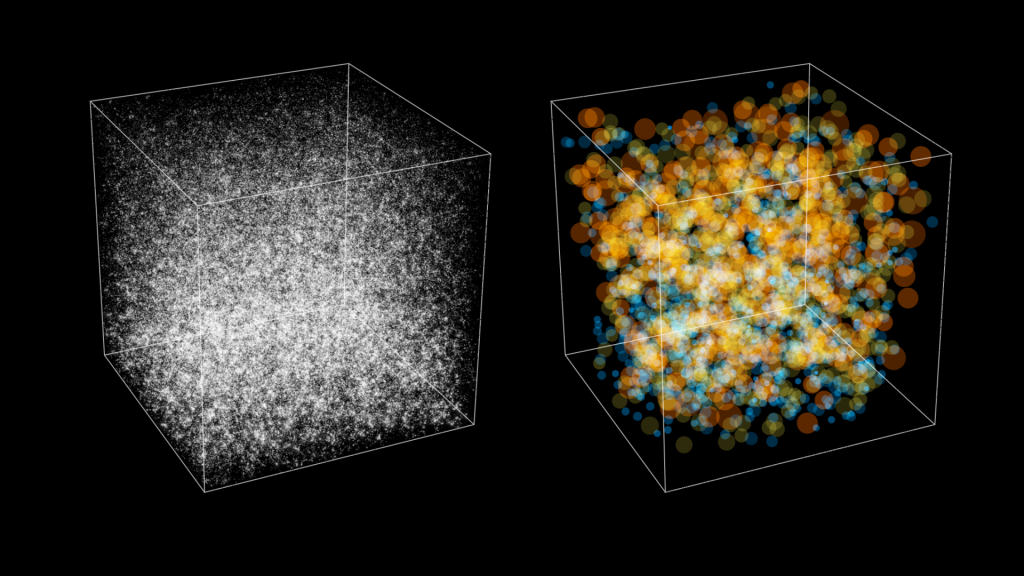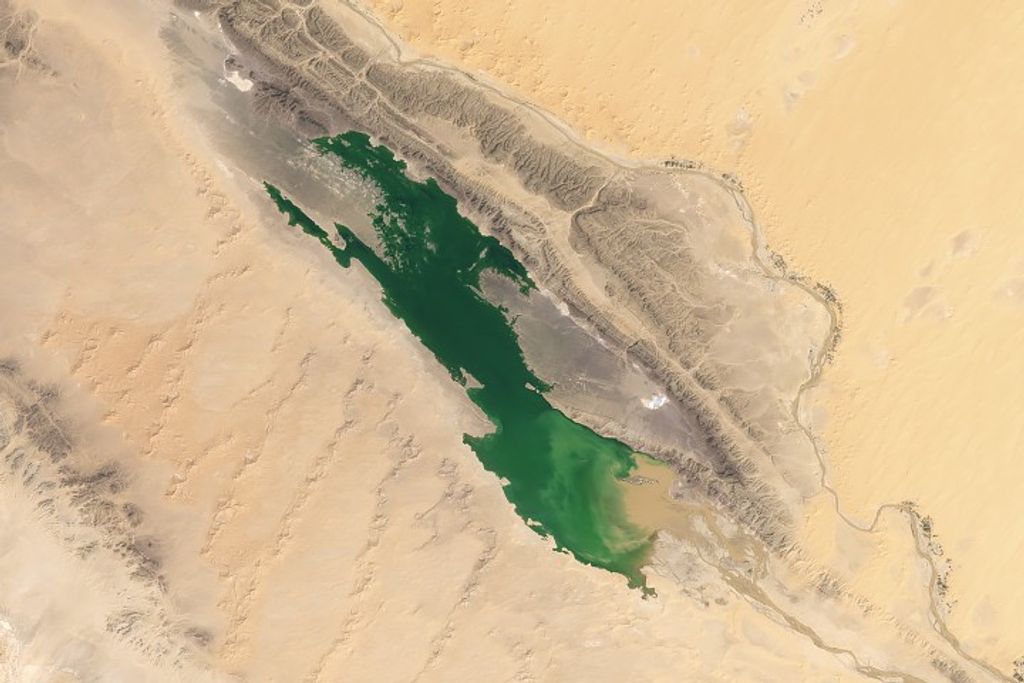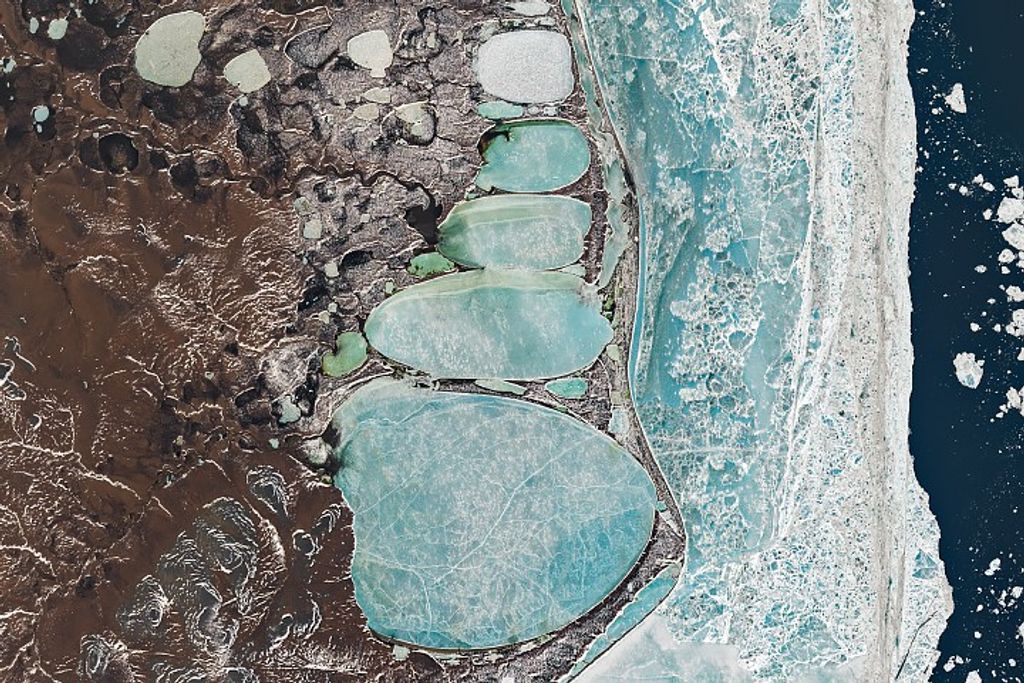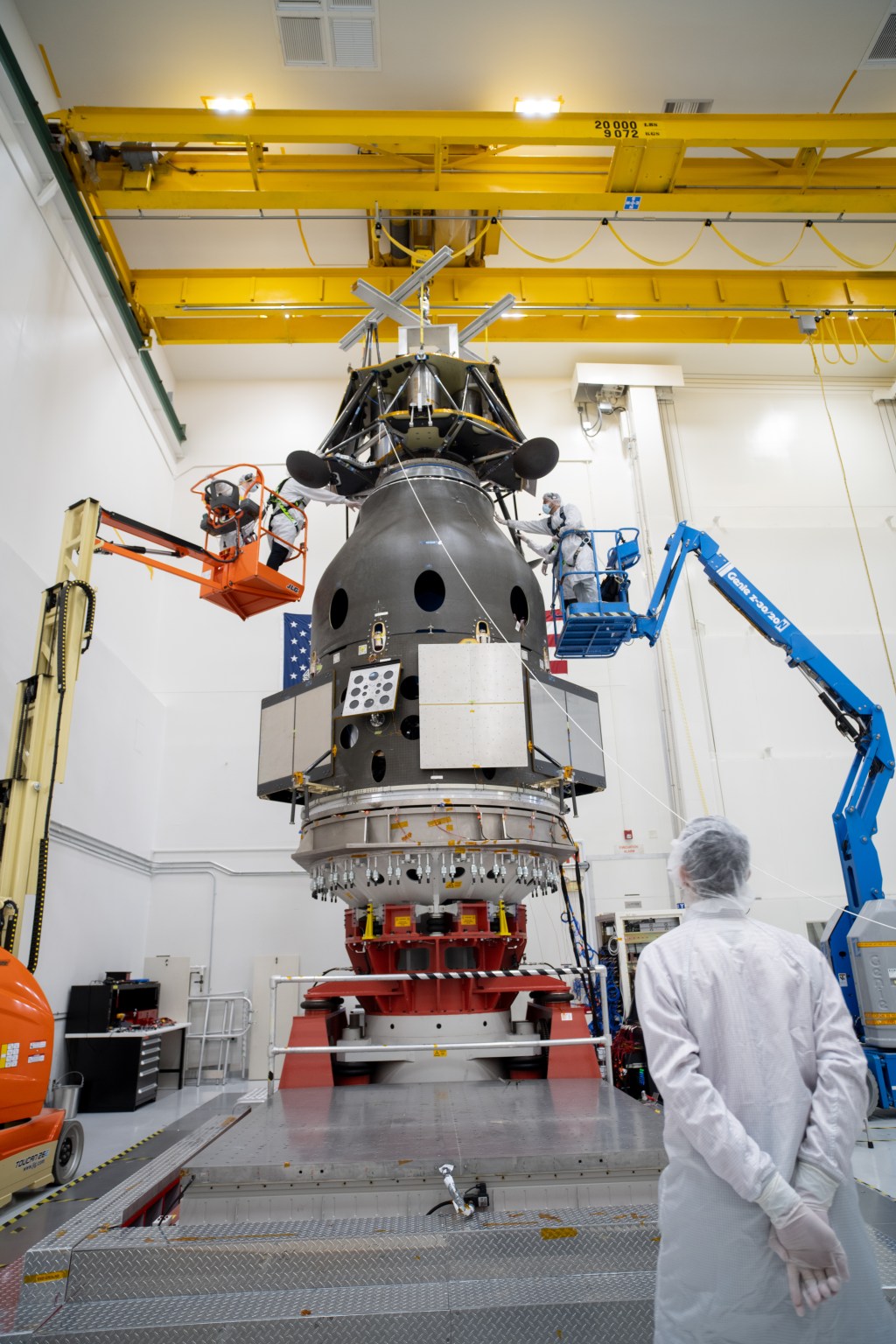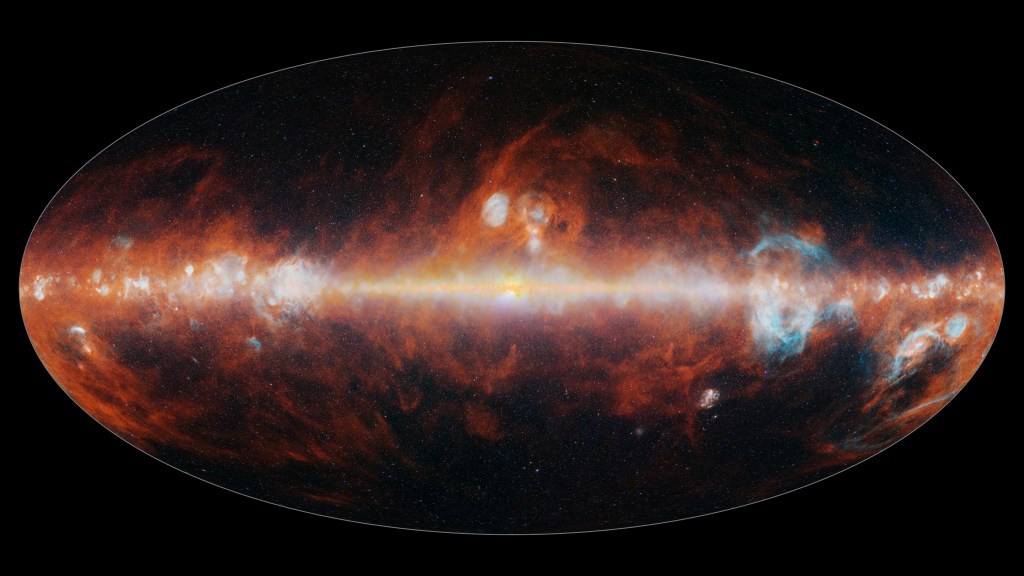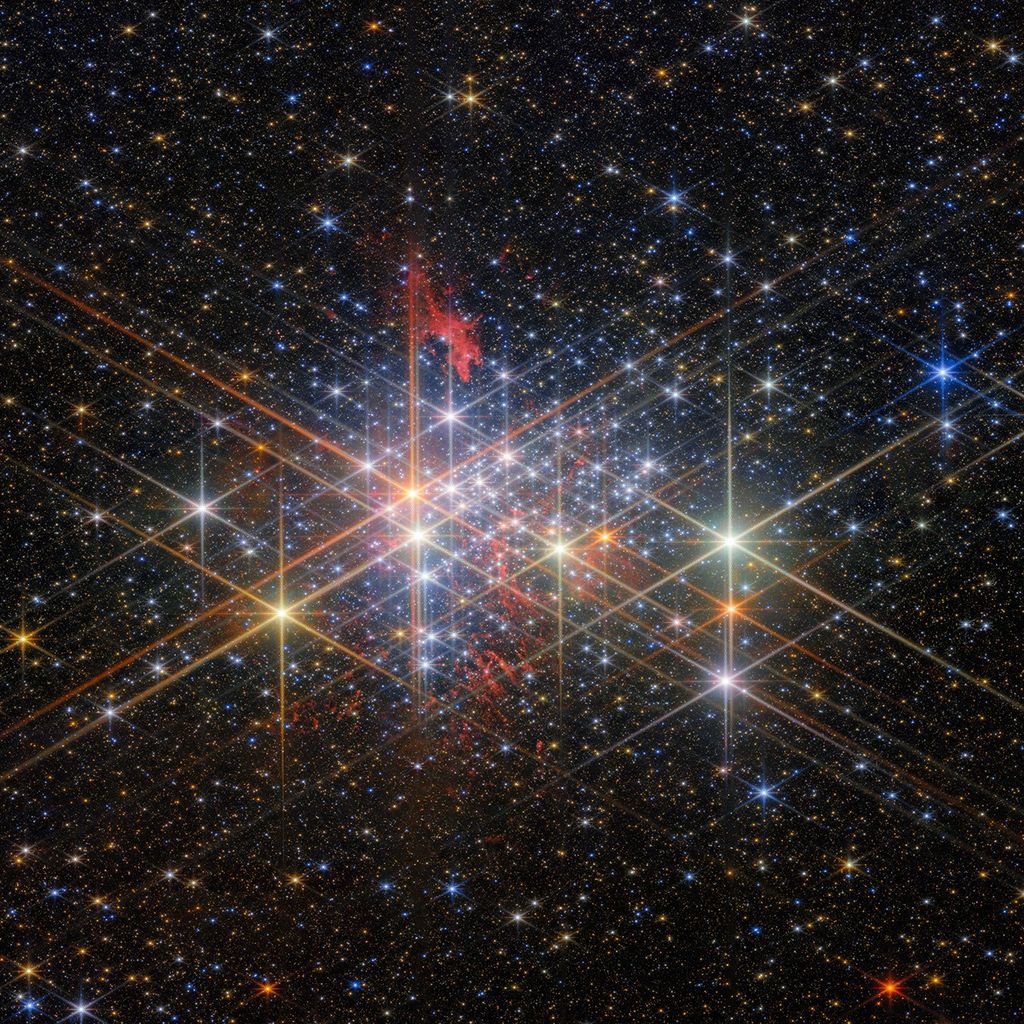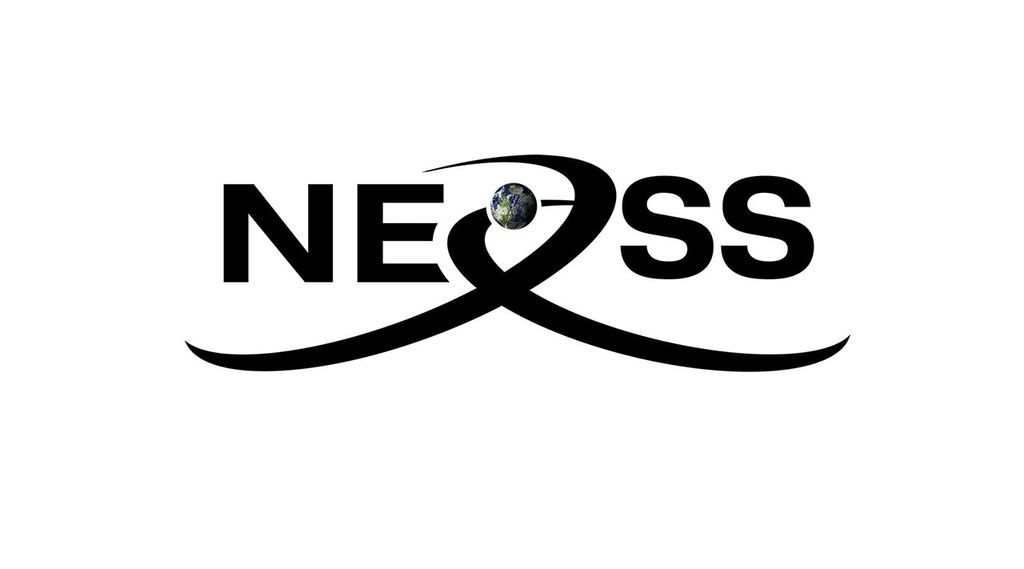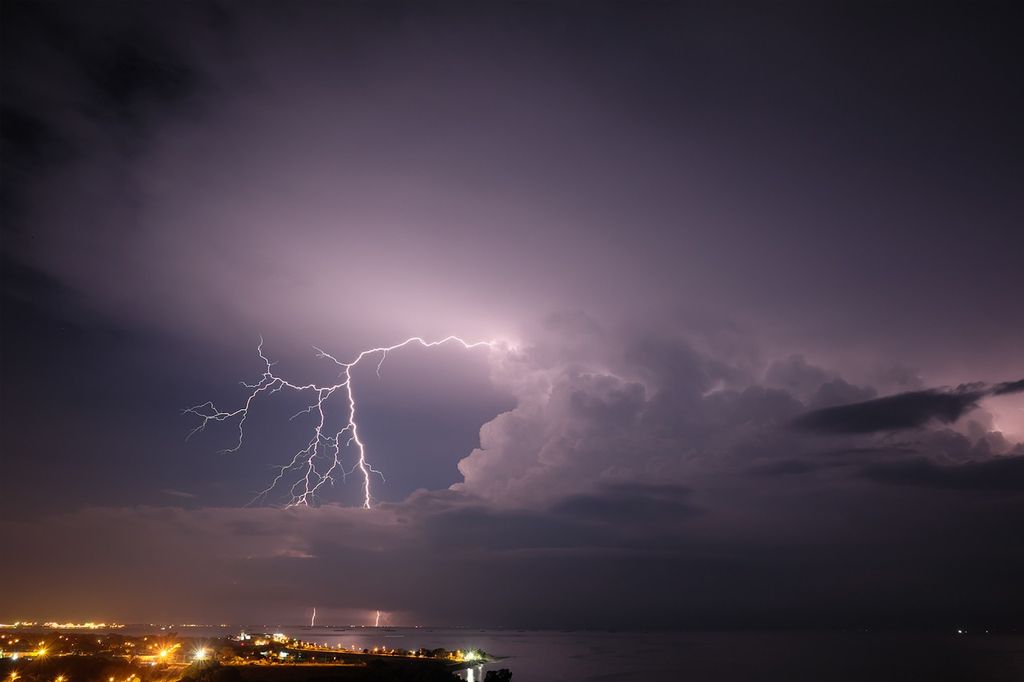1 min read
Hubble Provides Clearest View Yet of Supernova 1987a

This series of images of Supernova 1987A was taken with ESA's Faint Object Camera aboard NASA's Hubble Space Telescope, prior to and following the HST Servicing Mission. The images demonstrate the dramatic improvement in Hubble's capabilities following the installation of the Corrective Optics Space Telescope Axial Replacement (COSTAR), which compensates for spherical aberration in Hubble's primary mirror. The new picture has provided the most detailed closeup view ever obtained of the exploding star and its surroundings. Since SN1987A first appeared in the southern sky nearly seven years ago (February 24, 1987, the outer envelope of the exploding star has been expanding into space at many thousands of kilometers per second. To follow the evolution of the ejecta, astronomers have observed SN 1987A a total of six times with the FOC - from just after HST's launch in 1990 to just before the HST Servicing mission in December 1993.
The top six pre-COSTAR FOC images (measuring 2.9 arc seconds on a side) were taken in ultraviolet light, which reveals the faint but fastest moving outer parts of the envelope. Unfortunately, SN 1987A happens to be situated next to two "companion stars" that lie along the line-of sight to the supernova. They are located respectively 1.6 arc seconds and 2.9 arc seconds away from the supernova, as prolected on the sky). The nearer star can be seen in the lower left corner of the FOC images because of spherical aberration in Hubble's primary mirror prior to the servicing mission, the aberrated "glare" from the two neighboring stars has progressively hampered observations of 5N1 987A. The remnant has also dimmed since 1990 by a factor ten, and so has become ever fainter compared to its neighbor stars. The last frame in the six-panel sequence, taken in October 1993, shows the supernova was only barely visible as superimposed on the spherical aberration halo of the closer companion star. The bottom image was taken on January 8, 1994 with the COSTAR-corrected FOC. The COSTAR optics provide a clear and unobstructed view of both the supernova and its circumstellar ring. The new image shows the exploding star has doubled in size since it was first observed by the FOC in August 1990. The cloud has grown to a diameter of .25 light-year (diameter of about 350 milliarcseconds on the sky) - or about 200 times the diameter of the Solar System (as defined by Pluto's Orbit). The diagonal line is a diffraction spike caused by the secondary mirror support structure, or "spider." The spectacular and near-perfect images that are now possible with the COSTAR corrected FOC will clearly enable SN 1987A to be closely monitored for many years to come. Astronomers hope to directly image the hypothetical rapidly rotating neutron star or pulsar that is predicted to have been created by the explosion. This object may become visible as the debris gradually clears, giving a less obscured view to the center of the explosion. A celestial fireworks display is also expected to occur in the next five to ten years when the exploding envelope collides with the circumstellar ring, causing it to brighten.
- Object NameObject NameA name or catalog number that astronomers use to identify an astronomical object.SN 1987A
- Release DateJanuary 14, 1994
- Science ReleaseHubble Provides Clearest View Yet of Supernova 1987a
- Credit
Share
Details
Claire Andreoli
NASA’s Goddard Space Flight Center
Greenbelt, Maryland
claire.andreoli@nasa.gov



